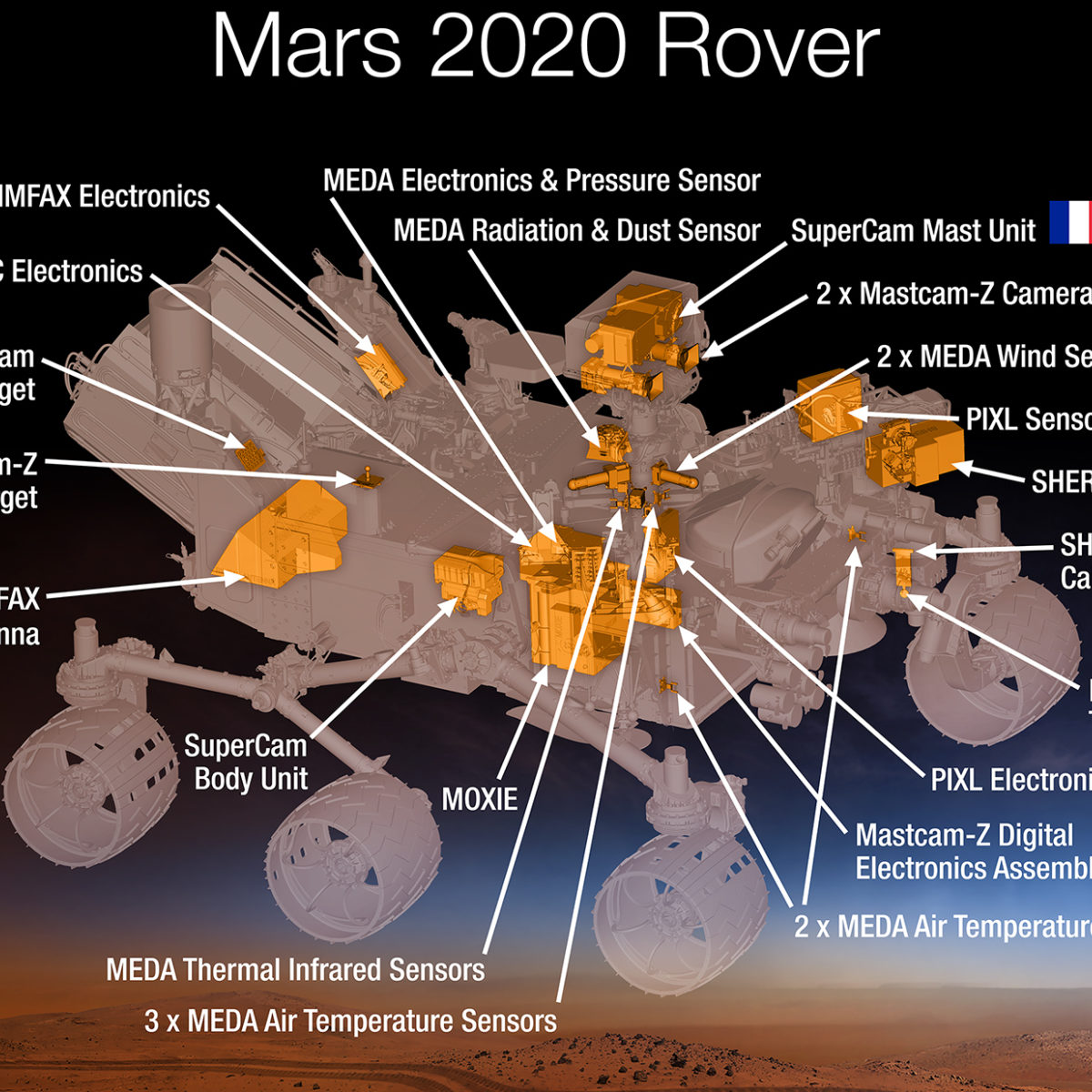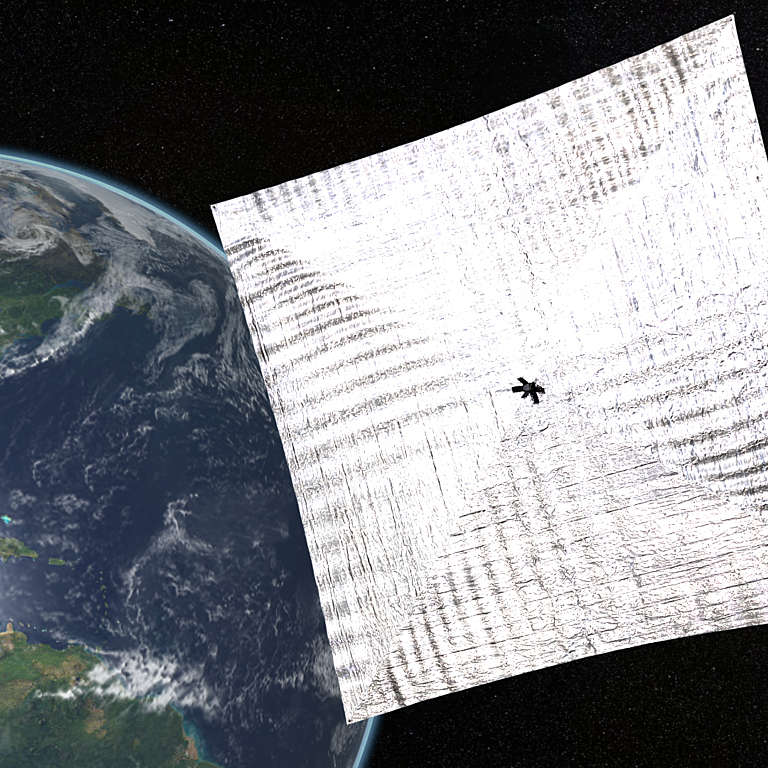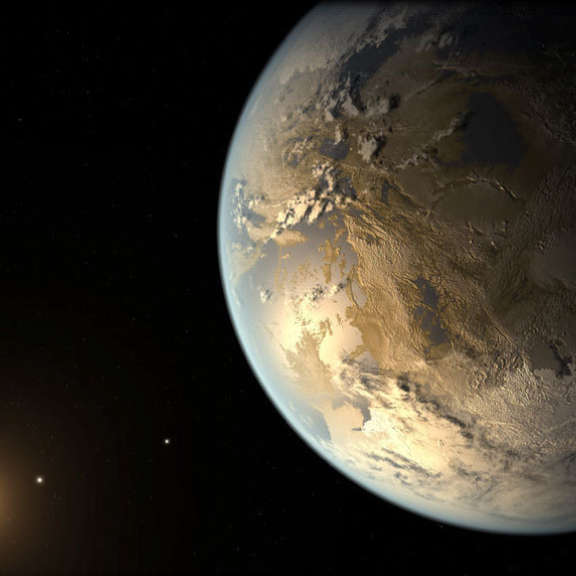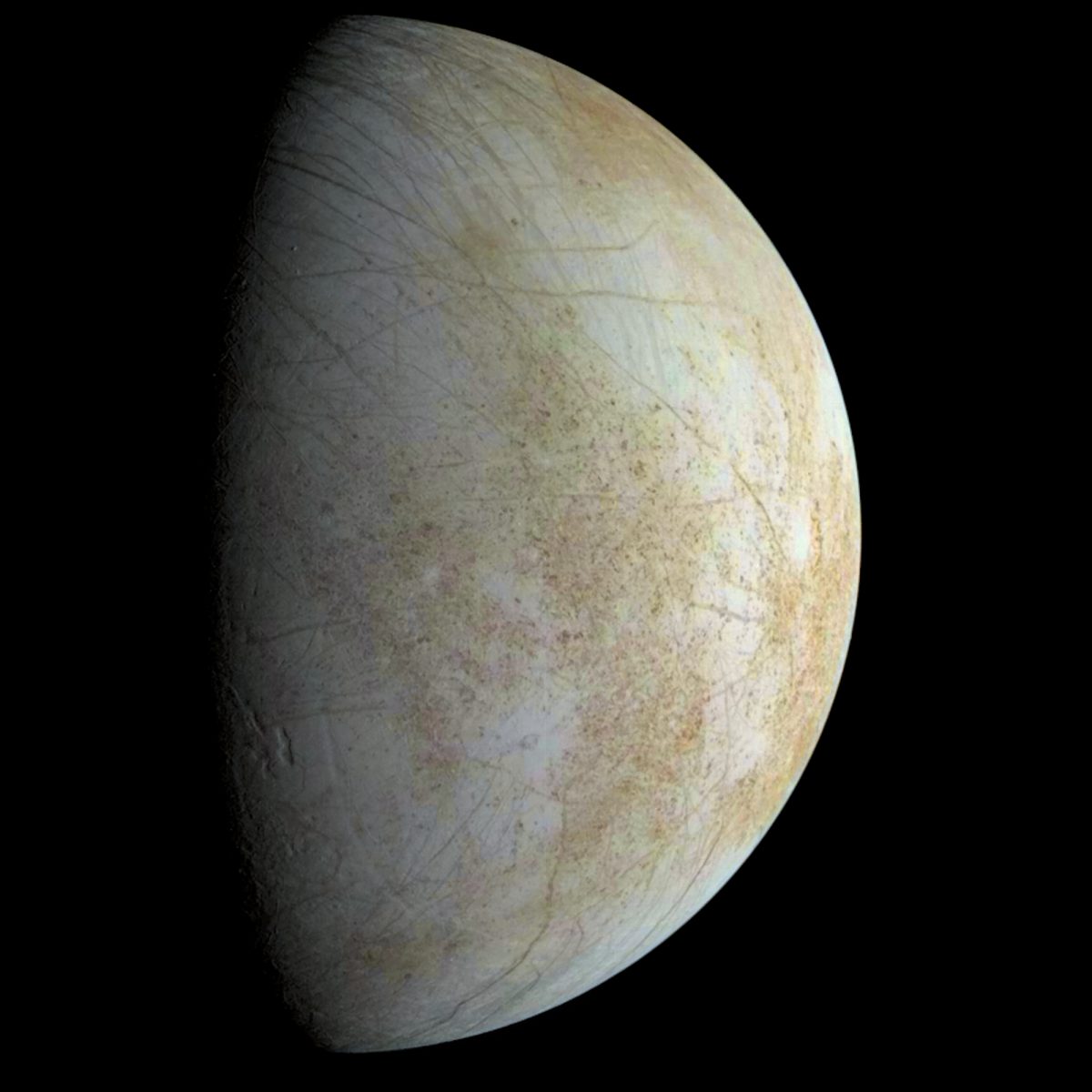All
All
Stories, updates, insights, and original analysis from The Planetary Society.
A Rich Potpourri of Future Mission Concepts
The past few months have brought announcements for new missions from India and China as well as a wealth of creative ideas for future missions.
In Pictures: Expedition 42 Crew Launches to Station
Three more humans are in space today following the launch of Soyuz TMA-15M from the chilly steppes of Kazakhstan.
How NASA Plans to Land Humans on Mars
On the surface, NASA's humans to Mars plans seem vague and disjointed. But that's because the agency is playing the long game. Right now, it may be the only game they can play.
Hunting Binary Asteroids
Thanks to The Planetary Society’s Shoemaker NEO Grant program, a new telescope has been brought to bear focusing on searching for and understanding the properties of binary asteroid systems.
Undeniable Commitment to Education, Empowerment & Understanding the Cosmos
Today, The Planetary Society celebrates our CEO Bill Nye’s latest science education feat: the release of his book, Undeniable: Evolution and the Science of Creation. Erin Greeson, The Planetary Society's director of communications, tells us about it.
Orion's Ride to Space is at the Launch Site. Why So Early?
On Tuesday, Orion's massive Delta IV Heavy rocket rolled from its Horizontal Integration Facility out to the launch site. Launch is still eight weeks away. Why so early?
Expedition 40 Crew Returns Safely to Earth
NASA astronaut Steve Swanson and Russian cosmonauts Alexander Skvortsov and Oleg Artemyev are safely back on Earth following a five-and-a-half month stay aboard the International Space Station.
Planetary Science Gets Its Day in Congress
Watch Planetary Society President Jim Bell testify before a congressional subcommittee on Wednesday, September 10th.
Back on the Rails with OSETI
The Planetary Society sponsored all-sky optical SETI search at Harvard University went off the rails, telescope roof rails that is, but it is back on track and hunting the sky for ET.
NASA’s Big Rocket a Step Closer to Reality
NASA's Space Launch System passed a critical milestone yesterday, but buried within the announcement was news that the first launch could slip by nearly a year.
Mars 2020 Instruments – A Plan for Sample Return
Van Kane gives us a tour of the instruments selected for the Mars 2020 rover.
Neil Armstrong: A Life of Flight By Jay Barbree
Mat Kaplan reviews a wonderful new biography on Neil Armstrong, written with the support of Armstrong and many of the other pioneering astronauts.
LightSail update: Launch dates
I’m excited to report some big news on The Planetary Society’s LightSail project: actual launch dates on actual launch vehicles!
The Habitable Zone of Inhabited Planets
A team of Colombian researchers are arguing for a new refinement to the idea of the habitable zone that takes the presence of life itself into account.
The latest on NASA’s Asteroid Redirect Mission
During televised updates on June 18 and 19, NASA showcased its progress on Orion and ARM. Here's the latest news.
We could find life on another planet, but do we have the will?
Are we alone in the universe? This month’s National Geographic cover story takes a look at the question, and I weighed in on the subject.
NASA selects Planetary Society LIFE Proposal
NASA has selected a Planetary Society proposal to study accommodation of the Society’s LIFE (Living Interplanetary Flight Experiment) biomodule on NASA’s Asteroid Redirect Mission (ARM).
The Planetary Society Supports NASA's Asteroid Initiative
The Planetary Society strongly supports NASA's asteroid initiative, including the goal of redirecting an asteroid to the vicinity of the Moon. But an independent cost estimate is needed, and needed soon.
No, Russia Did Not Just Kick the U.S. Out of the Space Station
A top Russian official announced a ban on Russian engines in U.S. military launches and questioned Russia's long-term commitment to the International Space Station. We cut through the hype and try to understand what was actually said and the immediate consequences facing NASA.
Arecibo Observatory operational after repairs to fix earthquake damage
Early in the morning on January 13, 2014, a 6.4 magnitude earthquake struck beneath the Atlantic Ocean north of Puerto Rico, damaging Arecibo Observatory, the world’s largest single-dish radio telescope. The telescope is now operational after repairs and scientists have resumed observations. However, the future of Arecibo Observatory remains unclear due to funding uncertainties in the federal budget.


 Explore Worlds
Explore Worlds Find Life
Find Life Defend Earth
Defend Earth


 Sun
Sun Mercury
Mercury Venus
Venus Earth
Earth Mars
Mars Jupiter
Jupiter Saturn
Saturn Uranus
Uranus Neptune
Neptune Small Bodies
Small Bodies


















